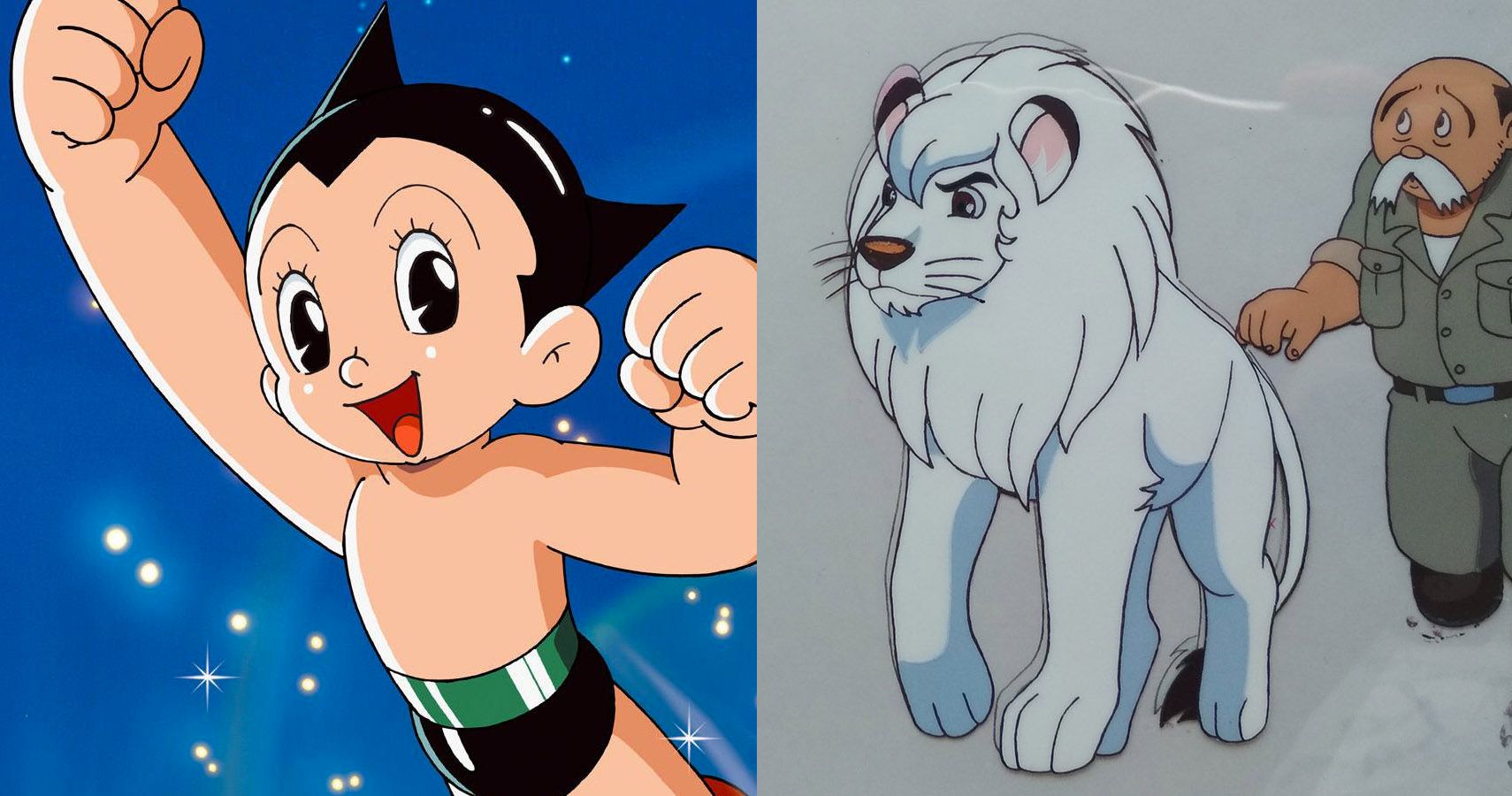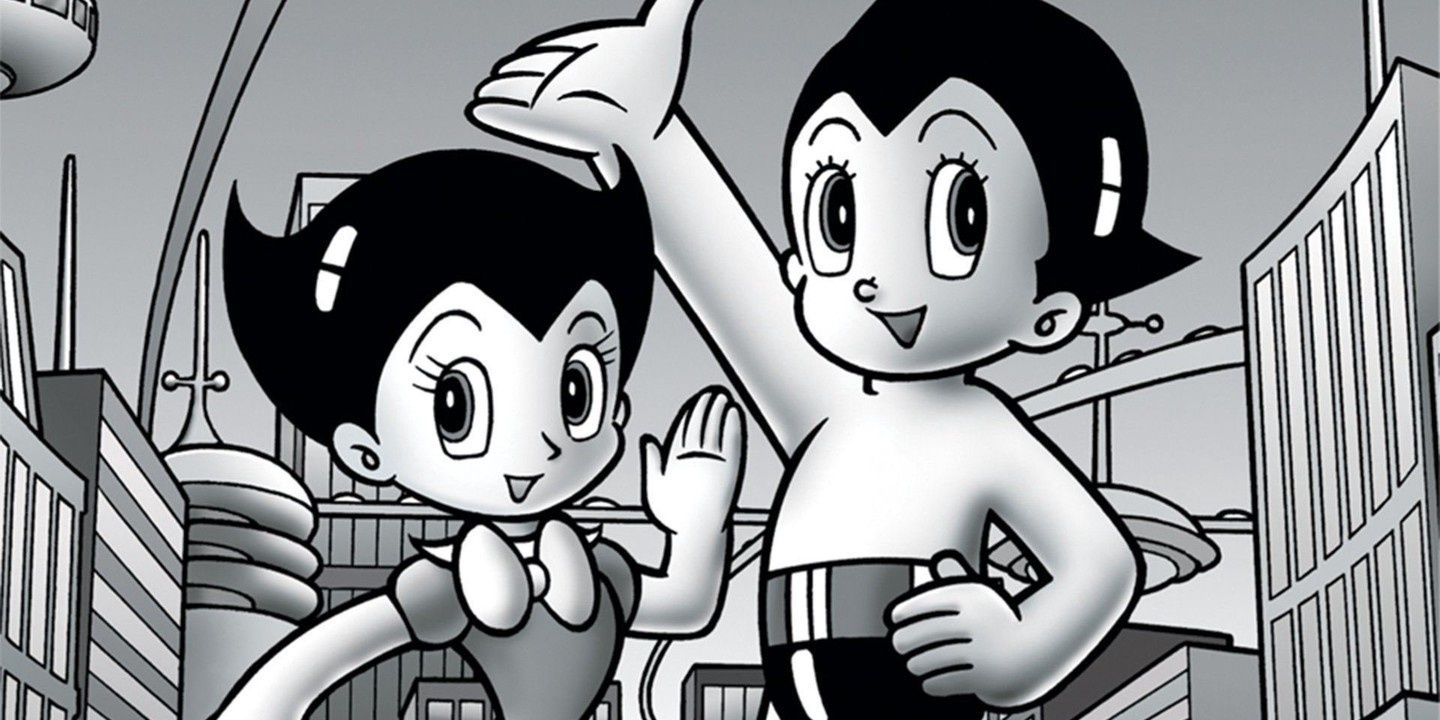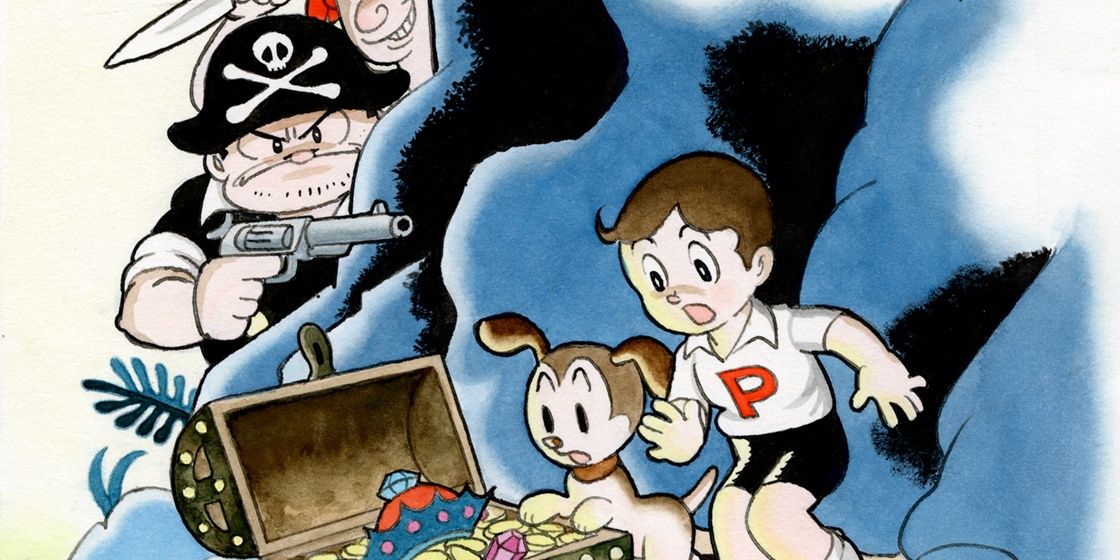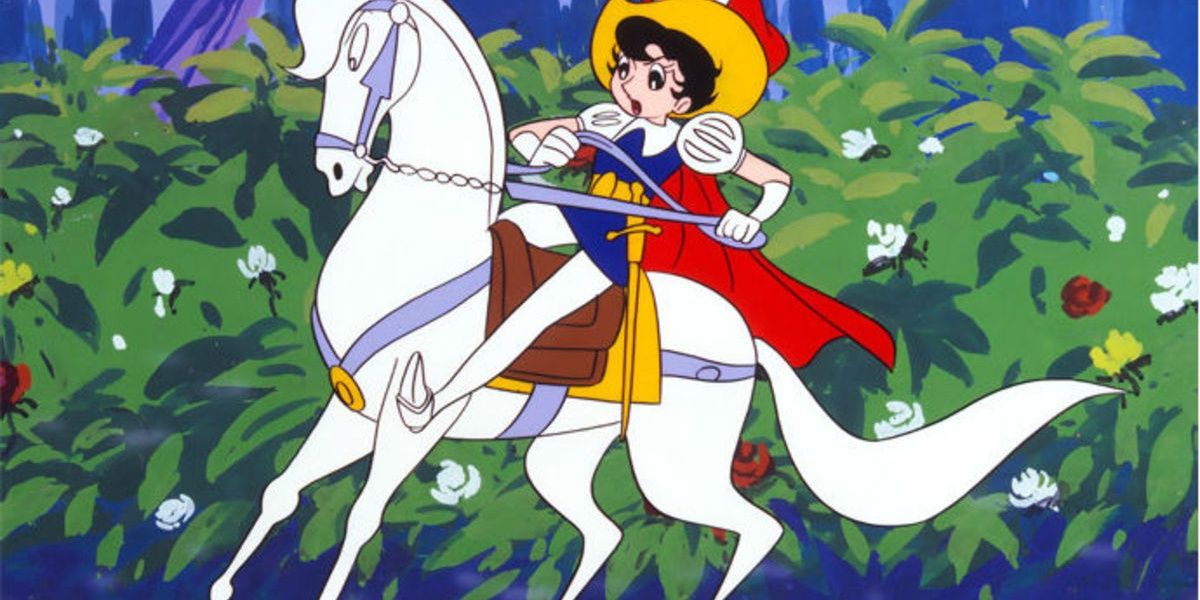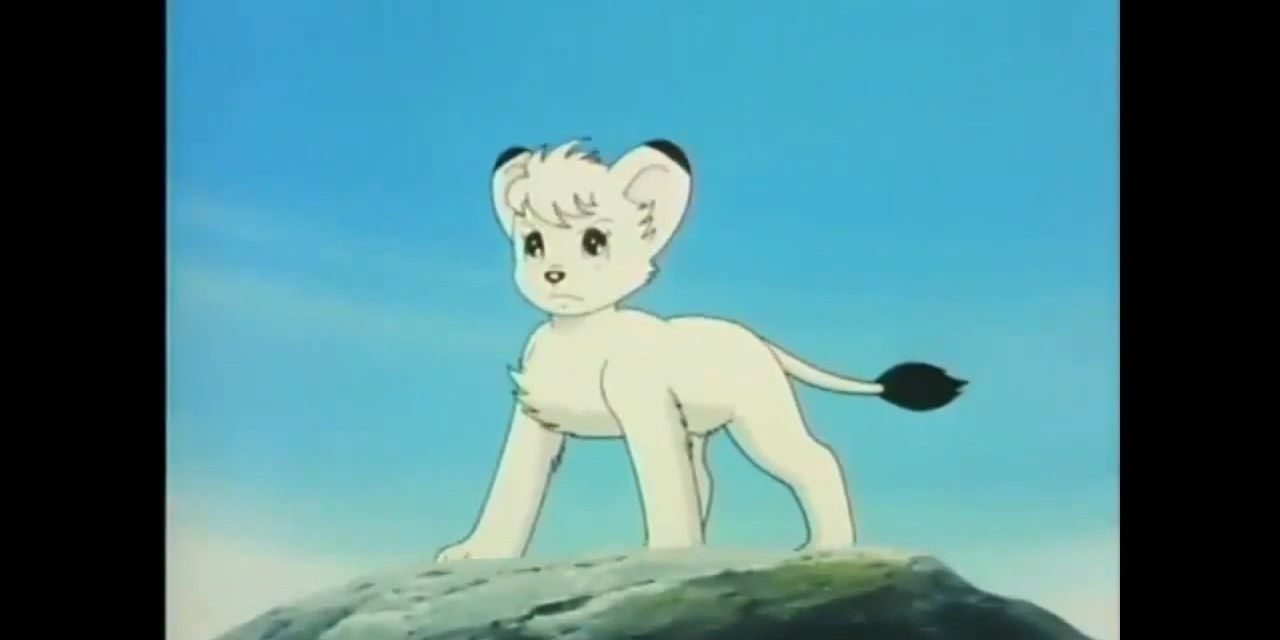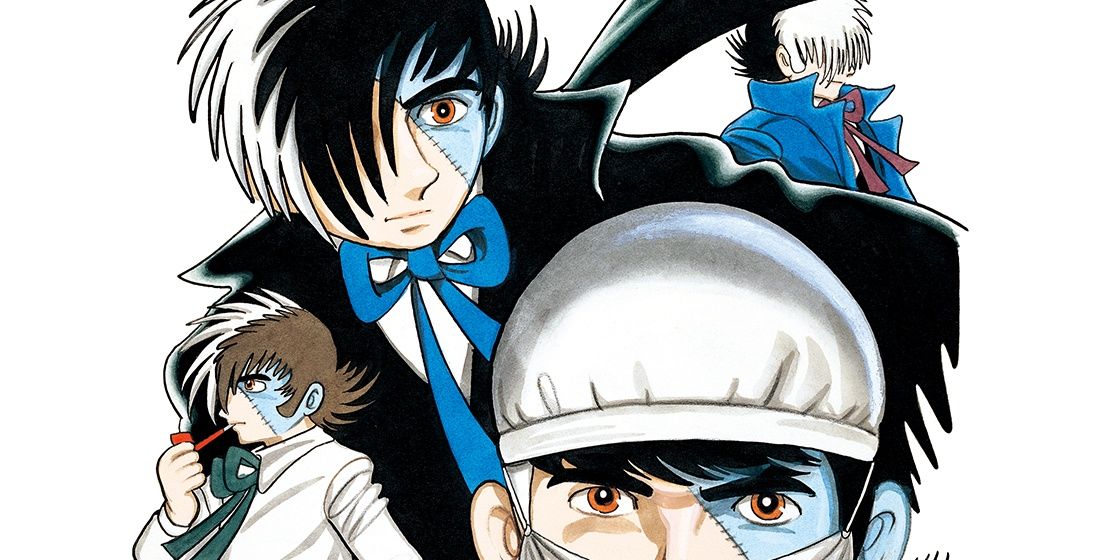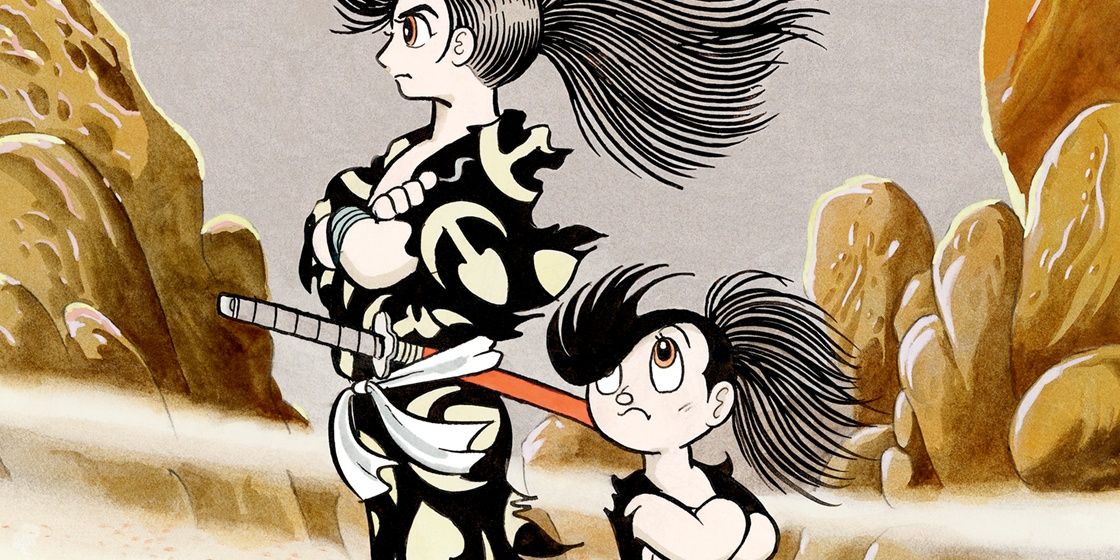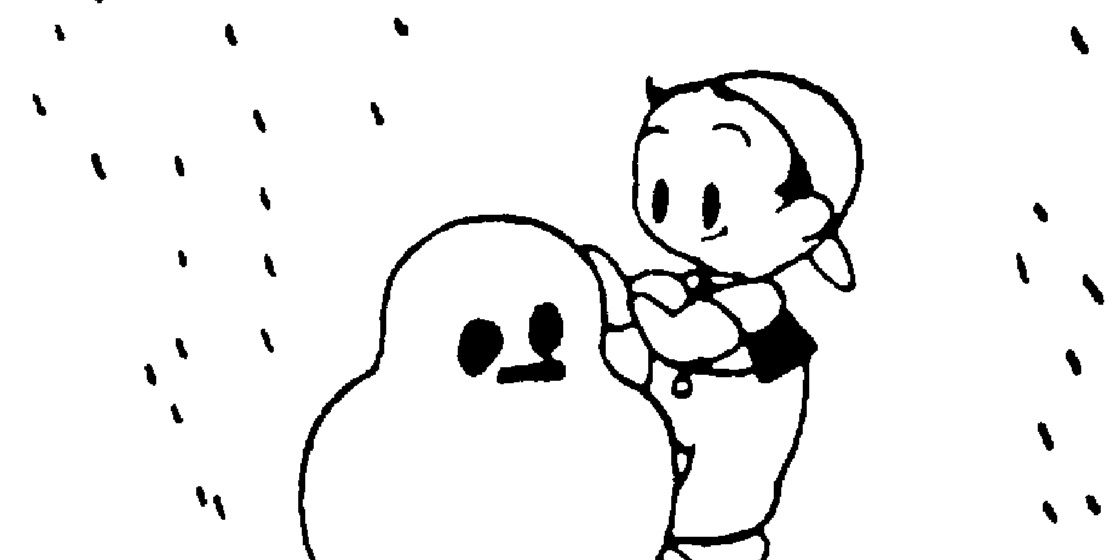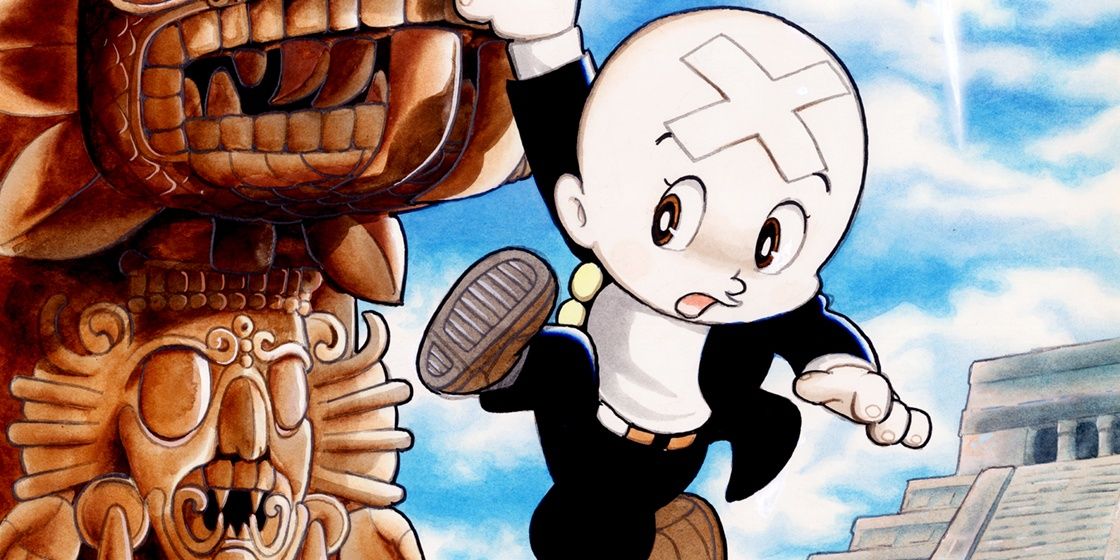Osamu Tezuka has been an incredibly important part of Japanese culture since a major cultural revolution in the world of manga, one that he had started in the 1940s with his release of New Treasure Island. He's frequently referred to as the godfather of manga and is well known for many successful and influential projects. He's been called the Japanese equivalent to Walt Disney.
He received many awards during his lifetime, and more after he passed away from stomach cancer in 1989. This list aims to help people figure out where to start when working through the catalog of this important figure in not only the culture of manga in Japan but the culture of the rest of the world as well.
10 Astro Boy
Astro Boy is both a character and a franchise that is recognizable all across the world, and for good reason. Osamu Tezuka's best-known work, Astro Boy is known in Japan as Mighty Atom. It was serialized from 1952 until 1968. This manga tells the story of the titular character, an android with human emotions who was created by a scientist after his son dies.
He's sold to a robot circus but is rescued by a professor who acts as his surrogate father, and creates an android family for him so he can live the life he deserves, in addition to going along with him on his adventures. The Astro Boy manga wasn't available in the US until 2002 when the licensing rights were acquired by Dark Horse.
9 New Treasure Island
Shin Takarajima or New Treasure Island is a collaboration between Sakai Shichima and Osamu Tezuka. The idea was hatched when Sakai told Osamu that he wanted to work on an adaptation of Robert Louis Stevenson's novel Treasure Island.
This collaboration would present Osamu with a publishing spot with Ikuei Shuppan if he would work on it, and the two of them promptly got to work on the manga. The end product resulted as something that didn't resemble the original work, but was highly praised by critics at the time and kicked off the manga revolution mentioned in the introductory paragraph of the article.
8 Princess Knight
Princess Knight or Ribon No Kishi is a series that ran originally from 1953 to 1956, with the original plan being to create a manga that would enjoy the same level of success as Astroboy, but aimed at young girls instead. The manga ended up being so popular that it saw 3 other serializations, a radio drama, plays, a 52 episode anime series, and remake after remake over the years.
Some people think it's a feminist masterpiece, other people think it includes misogynist elements that were popular in Japan during the 50s and 60s, but either way, its treatment of gender roles was ahead of its time. It tells the story of Sapphire, a girl who was born with both boy and girl hearts. Sapphire was inspired by an all-female revue, wherein they would play the roles of both males and females.
7 Kimba The White Lion
Kimba The White Lion is a shonen, and the anime was the first color animated broadcast on Japanese television. It was serialized in 1950 through to 1954. This means that Tezuka was incredibly busy in the early 50s. There's been much said about the similarities that Kimba has to Disney's The Lion King, so much so that a lawyer has said that if Osamu wanted to sue, he'd have a very strong case.
There's the sequence in which the fathers of the protagonists appear in the clouds to guide them, and the supporting cast is almost identical. The themes of "The circle of life" are also brought up in both.
6 Black Jack
Osamu Tezuka's 3rd most famous series, Black Jack tells the story of Black Jack, a doctor who is known for saving patients even when there's nothing in it for him. He's almost like the manga version of House M.D. working tirelessly to save the poor who can't pay for their operations or teaching someone a lesson about how they should treat people.
The manga ran from 1973 to 1983, being incredibly popular and adding up to about 15 chapters at 20-something pages long. There have been American translations, so it's readily available to the English speaking public.
5 Phoenix
Phoenix is unfortunately unfinished, although Tezuka considered it his life's work. Tezuka tragically died in 1989 before he was able to complete it. Phoenix has an unconventional structure, consisting of multiple chapters with different stories that go back and forth in time, from prehistory to the future.
RELATED: Kazuo Koike: 10 Must-Read Mangas By The Late Great Genius
The focus of the series itself is about immortality, and that the quest to attempt to obtain it is meaningless, even though one could contend that Tezuka reached it with his myriad works being so well-loved. The series has been imported into western countries and can be found fairly easily in digital format.
4 Buddha
Buddha is an adaptation of the story of Gautama Buddha, the founder of Buddhism, told in a fictionalized way through the eyes of Tezuka. It's a little graphic visually, but it does a great job of telling the story of the Buddha's lifetime humorously and engagingly. A film has been released, it's sold fairly well, and has also won an Eisner Award.
For those of us who don't know, the Buddha was a man who lived about 500 years B.C.E and grew weary of seeing sickness, old age, suffering, and death, and as such sought out to leave the lap of luxury living like a prince and find the root cause of suffering, end it, and teach the path to the end of suffering to his fellow man.
3 Dororo
Dororo was written by Tezuka in the late 60s and has since been turned into an anime of 26 episodes and a feature-length movie.
It belongs to the supernatural, adventure, and dark fantasy genres. The story tells of a samurai who has been maimed by demons and a young thief by the name of Dororo. They travel across the land to kill all of the 48 demons the samurai's father had made a deal with.
2 Diary of Ma Chan
Tezuka's first professional work was the Diary Of Ma-Chan, which was published in 1945, while he was only 17. While the art and writing are notably cruder than his later work, Diary Of Ma-Chan marked the start of an extremely important and successful career.
The manga tells the story of a young, pre-school-aged boy named Ma-Chan, and his daily adventures.
1 The Three-eyed One
The Three-eyed One is a manga that has elements of science-fiction, romance, action, and has most likely influenced tons of manga to follow it. It tells the story of the descendant of a long-lost civilization of the "Three-eye ones" named Sharaku.
Sharaku investigates actual ancient ruins with his friend Chiyoko Wato, searching for clues about the civilization from which he came.

